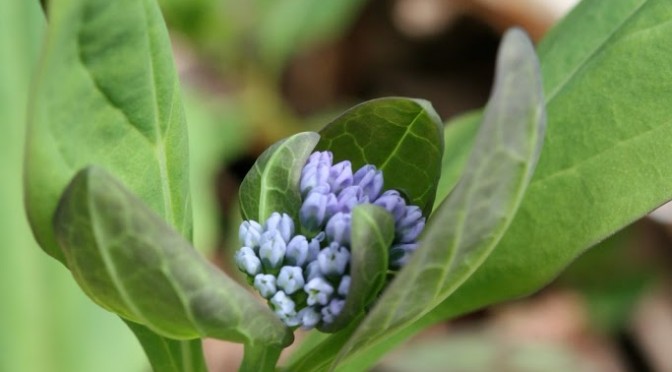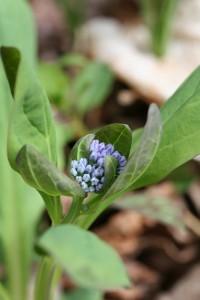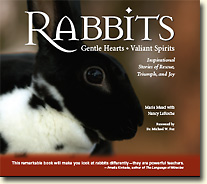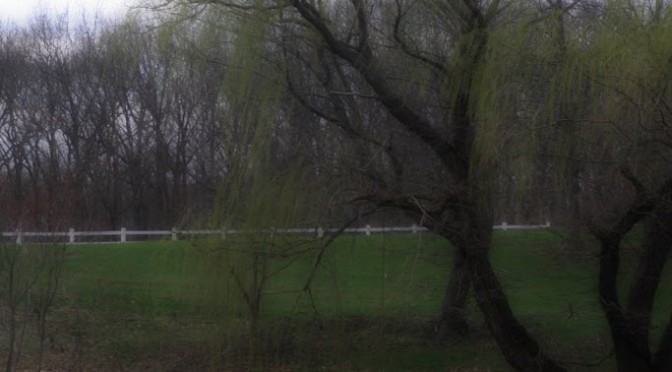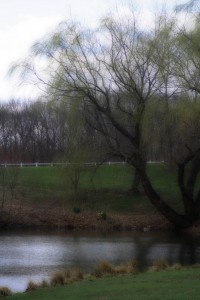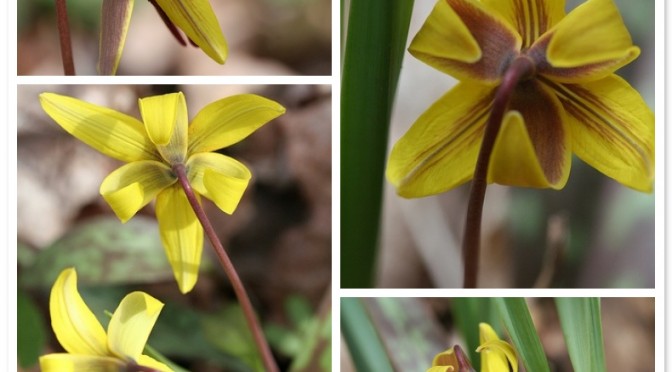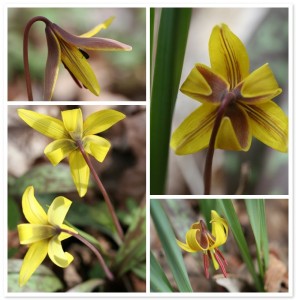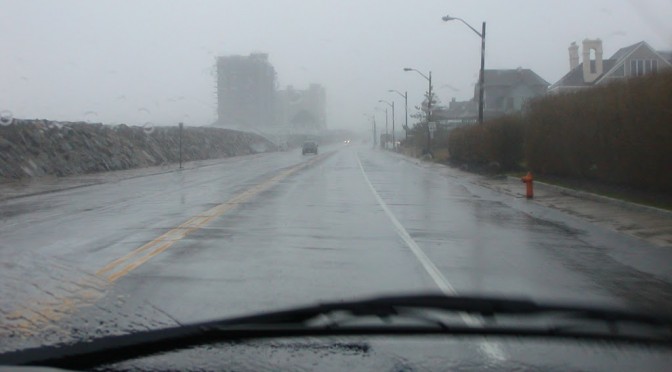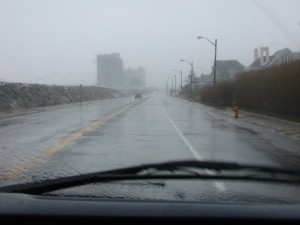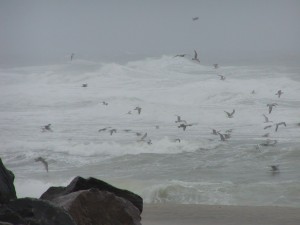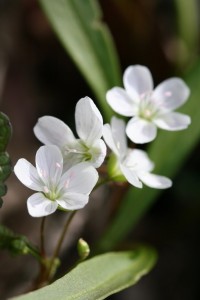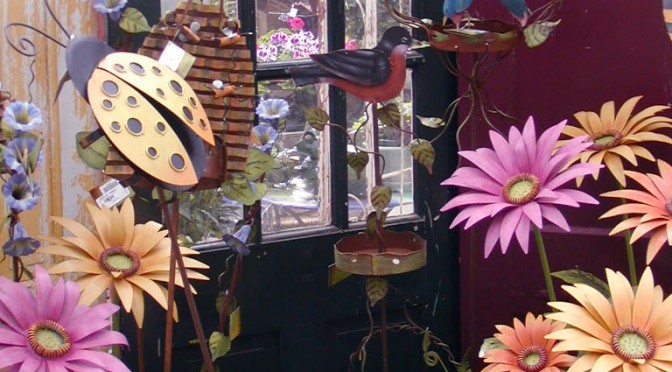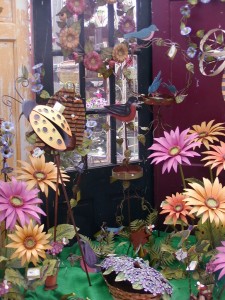Trickster, Shape-Changer, keep me from danger.
Cunning magician, teach me your ways
Of magical fire, powers much higher.
Lead me to new life. Brighten my days.
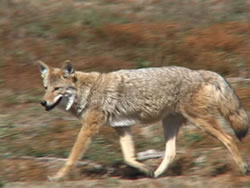 The big news here locally is that a toddler was attacked by a coyote, from the Asbury Park Press (links to full story):
The big news here locally is that a toddler was attacked by a coyote, from the Asbury Park Press (links to full story):
“As a group of children played in the backyard of a Middletown home, an animal, believed to be one of two or three coyotes that emerged from the woods, ran to and grabbed a 20-month-old boy, township officials said.
The family managed to scare the animal away, and the toddler was treated at a local hospital for scratches and teeth marks, in what wildlife experts said is probably the first coyote attack on a child in state history.
After the animal attack Friday off Kings Highway East, near Chapel Hill Road, local officials took a second look at six to eight other recent reported sightings and incidents involving pets that were attacked by what were initially thought to be stray dogs.
And while officials have not yet received independent confirmation, because of Friday’s attack, and based on the description and behavior of the animals, it appears coyotes are roaming in the neighborhood near Normandy Road, the private thoroughfare that connects the main base of the Earle Naval Weapons Station with the weapons station’s pier on Sandy Hook Bay, Township Administrator Robert Czech said.
“They didn’t think they were dealing with a pattern, or series of incidents that related to a pack of coyotes, until we put pieces together (after) Friday evening,” he said.
The other cases include four puppies that were killed and a pet cat that was attacked, he said.”
My initial reaction was of disbelief that a coyote would be so bold. While I’ve read that they’re present throughout the state of NJ, I’d never seen one myself nor knew of anyone who had seen one. Then I talked to a few people who roam the woods regularly or who live in less-developed areas and sure enough, they’d seen a few over the years.
I know nothing of the nature of coyotes, but this story leaves me feeling very skeptical. Would a coyote be so daring as to try and grab a little child? Anyone with coyote wisdom to share?
 These were past their prime, but I’m guessing Bloodroot? I know the way the leaves are clasping the stem is important, but I can’t think of the flower that does that! Someone recently had this flower on their blog, but I can’t remember who it was.
These were past their prime, but I’m guessing Bloodroot? I know the way the leaves are clasping the stem is important, but I can’t think of the flower that does that! Someone recently had this flower on their blog, but I can’t remember who it was.
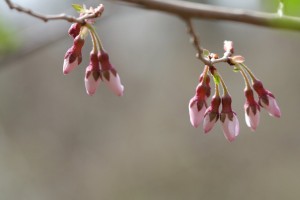 These were blooming on a very spindly shrub. There were no leaves yet and the flowers were on the tips of the branches; the open ones reminded me of apple blossoms sort of.
These were blooming on a very spindly shrub. There were no leaves yet and the flowers were on the tips of the branches; the open ones reminded me of apple blossoms sort of.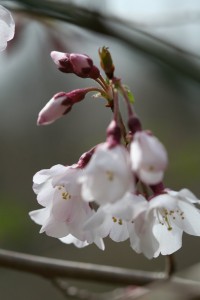 I’ve edited this post to add this last photo above which shows, rather poorly, what the flowers look like when open.
I’ve edited this post to add this last photo above which shows, rather poorly, what the flowers look like when open.